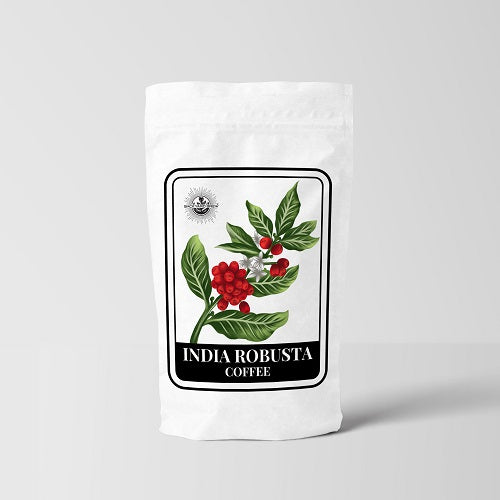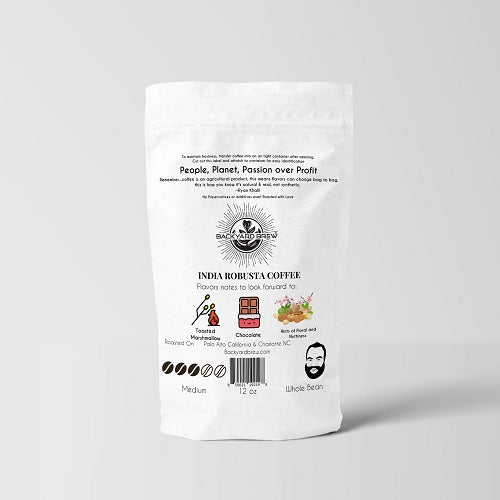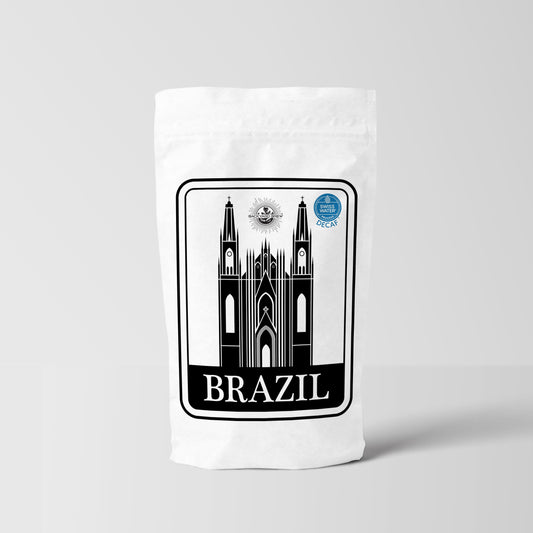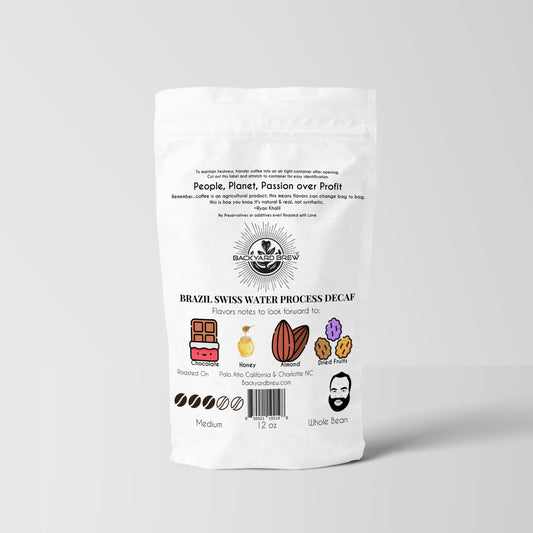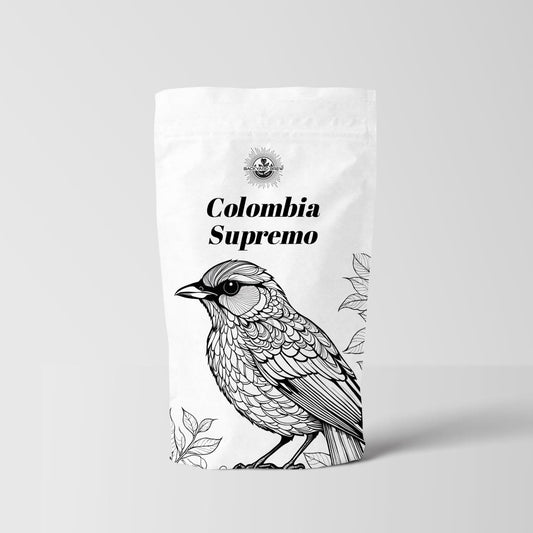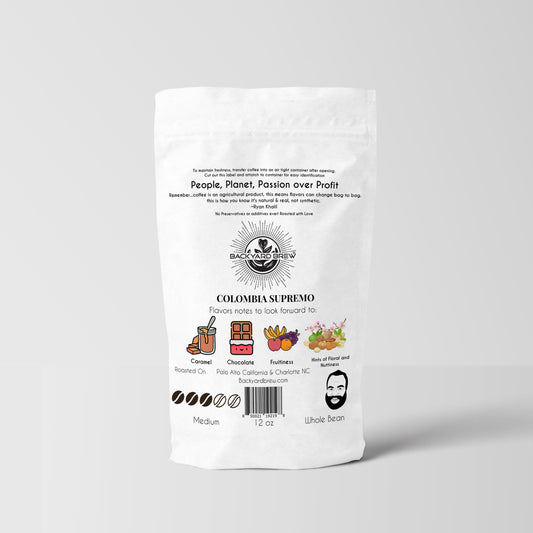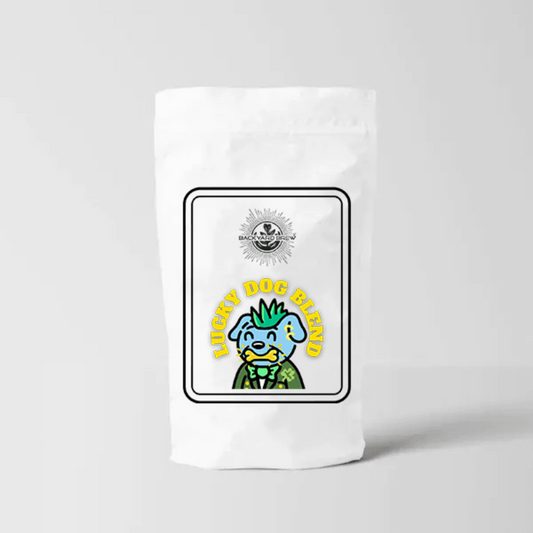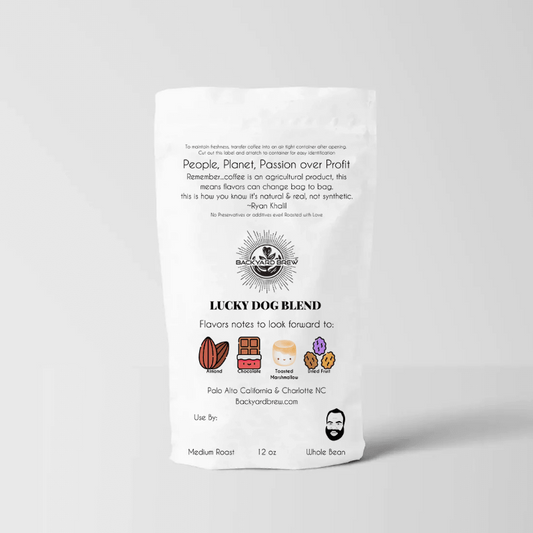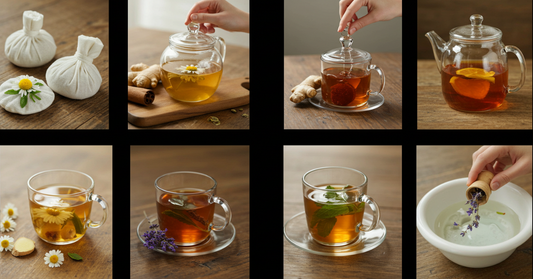Coffee Bean Reviews and Comparisons: Your Ultimate Guide
Related Product
Subscribe
Table of Contents
Coffee is more than just a beverage; it’s a ritual, a comfort, and for many, a necessity. With countless varieties available, choosing the right coffee beans can be overwhelming. In this blog, we will explore coffee bean reviews, provide a detailed comparison of different types, and help you find the best coffee beans for your home brewing needs.
Top 10 Coffee Beans: A Comprehensive Guide
When it comes to coffee, not all beans are created equal. Here’s a list of the top 10 coffee beans that have garnered rave reviews from coffee enthusiasts around the world.
1. Ethiopian Yirgacheffe
Known for its bright acidity and floral notes, Ethiopian Yirgacheffe is a favorite among coffee connoisseurs. It often features hints of citrus and berry, making it a refreshing choice.
2. Colombian Supremo
Colombian Supremo beans are renowned for their smooth, well-balanced flavor. They offer a mild sweetness with nutty undertones, making them perfect for everyday brewing.
3. Sumatra Mandheling
This Indonesian coffee is famous for its full body and earthy flavors. Sumatra Mandheling is often described as having a rich, syrupy texture with notes of chocolate and spice.
4. Jamaican Blue Mountain
One of the most sought-after coffees in the world, Jamaican Blue Mountain is known for its mild flavor and lack of bitterness. It has a creamy body with hints of floral and fruity notes.
5. Guatemalan Antigua
Guatemalan Antigua beans are celebrated for their complex flavor profile. They often feature a rich chocolatey taste with a hint of spice and a smooth finish.
6. Costa Rican Tarrazú
This coffee is known for its bright acidity and full-bodied flavor. Costa Rican Tarrazú beans often have fruity notes, making them a delightful choice for those who enjoy a vibrant cup.
7. Brazilian Santos
Brazilian Santos beans are typically low in acidity and have a nutty, sweet flavor. They are often used in blends due to their smoothness and versatility.
8. Hawaiian Kona
Grown on the slopes of Mauna Loa, Hawaiian Kona coffee is known for its smooth, rich flavor with hints of chocolate and nuts. It’s a premium choice for those willing to splurge.
9. Panama Geisha
Renowned for its unique flavor profile, Panama Geisha beans are often floral and fruity, with a tea-like quality. They are considered one of the best coffees in the world.
10. Nicaraguan Jinotega
Nicaraguan Jinotega beans are known for their medium body and bright acidity. They often have chocolate and caramel notes, making them a delightful choice for coffee lovers.
Coffee Beans Comparison: Understanding the Differences
When selecting coffee beans, it’s essential to understand the differences between them. Here’s a comparison of various factors that can influence your choice.
-
Flavor Profiles
Different coffee beans have unique flavors and profiles. For instance, Ethiopian beans are often fruity and floral, while Sumatran beans are earthy and bold. Understanding these profiles can help you choose a bean that suits your taste preferences.
-
Roast Levels
Coffee beans can be roasted to different levels: light, medium, and dark. Light roasts tend to preserve the bean's original flavors, while dark roasts have a more robust, smoky taste. Medium roasts strike a balance between the two.
-
Origin
The origin of coffee beans plays a significant role in their flavor. Beans from different regions have distinct characteristics due to variations in climate, soil, and processing methods. For example, African coffees are often fruity, while South American coffees are typically nutty and sweet.
-
Processing Methods
The way coffee beans are processed can also affect their flavor. Common methods include washed, natural, and honey processing. Washed coffees tend to have a cleaner taste, while natural coffees are often fruitier and more complex.
Best Coffee Beans for Home Brewing
Brewing coffee at home can be a delightful experience, especially when you have the right beans. The quality of your coffee largely depends on the beans you choose, and selecting the best coffee beans for home brewing can elevate your daily ritual. Here are some of the top coffee beans that are perfect for home brewing, along with tips on how to brew them to perfection.
1. Colombian Supremo
Colombian Supremo beans are renowned for their smooth, well-balanced flavor, making them an excellent choice for various brewing methods. Their mild sweetness and nutty undertones make them particularly versatile, allowing them to shine in drip coffee makers and pour-over techniques alike. Whether you prefer a simple morning brew or a more elaborate coffee experience, Colombian Supremo is sure to please.
Brewing Tip: For optimal extraction, use a medium grind and brew at a temperature of around 200°F. This will help you achieve a rich and flavorful cup that highlights the bean's natural sweetness.
2. Ethiopian Yirgacheffe
Ideal for those who appreciate vibrant and aromatic coffee, Ethiopian Yirgacheffe beans are perfect for French press or Aeropress brewing. Known for their bright acidity and floral notes, these beans often feature hints of citrus and berry, making each cup a refreshing experience. If you enjoy a coffee that is both lively and complex, Ethiopian Yirgacheffe is a fantastic choice.
Brewing Tip: Use a coarser grind and steep for about 4 minutes in a French press to bring out the best flavors. This method allows the unique characteristics of the beans to shine through, resulting in a delightful cup of coffee.
3. Sumatra Mandheling
For those who enjoy a rich, bold cup, Sumatra Mandheling is an excellent option. This Indonesian coffee is known for its full body and earthy flavors, making it a favorite among espresso lovers and French press enthusiasts alike. The syrupy texture and notes of chocolate and spice create a satisfying and robust coffee experience.
Brewing Tip: When brewing espresso, use a fine grind and brew at a slightly lower temperature to avoid bitterness. This will help you extract the deep flavors without overwhelming the palate.
4. Guatemalan Antigua
Guatemalan Antigua beans are celebrated for their complex flavor profile, making them a versatile choice for home brewing. They work well in both drip coffee makers and pour-over methods, offering a delightful combination of rich chocolatey taste with hints of spice. This complexity makes Guatemalan Antigua a favorite among coffee lovers who appreciate depth in their brews.
Brewing Tip: A medium grind and a brewing temperature of around 195°F will help highlight the chocolate and spice notes. This approach ensures that you capture the full range of flavors present in these exceptional beans.
5. Brazilian Santos
Brazilian Santos beans are perfect for cold brew due to their low acidity and smooth flavor. Their nutty, sweet profile makes them an excellent choice for those who prefer a milder cup of coffee. Additionally, these beans can be used in blends, providing a balanced flavor that complements other coffee varieties.
Brewing Tip: For cold brew, use a coarse grind and steep in cold water for 12-24 hours. This long steeping process allows the flavors to develop fully, resulting in a smooth, sweet coffee that is perfect for warm days.
Coffee Bean Buying Guides: What to Look For
When purchasing coffee beans, it’s essential to consider several factors to ensure you get the best quality. The right beans can make a significant difference in your coffee experience, so here’s a simple coffee bean buying guide to help you make informed decisions.
1. Freshness
Freshness is one of the most critical factors when selecting coffee beans. Always look for freshly roasted beans to ensure optimal flavor and aroma. Coffee beans begin to lose their freshness shortly after roasting, so it’s best to check the roast date on the packaging. Aim to buy beans that have been roasted within the last two weeks for the best taste.
Tip: If possible, purchase from local roasters who can provide you with freshly roasted options. This not only supports local businesses but also ensures you’re getting the freshest beans available.
2. Origin
The origin of the beans plays a significant role in their flavor profile. Different regions produce beans with unique characteristics due to variations in climate, soil, and processing methods. For instance, beans from Africa are often fruity and floral, while those from South America tend to be nutty and sweet.
Tip: If you have a preference for certain flavor profiles, research the origins that align with your taste. Exploring beans from various regions can also be a fun way to discover new favorites.
3. Roast Level
The roast level of coffee beans can dramatically affect their flavor. Light roasts tend to preserve the bean's original flavors, offering bright and fruity notes. Medium roasts strike a balance between the original flavors and the roasting process, while dark roasts provide a more robust and smoky taste.
Tip: Decide on your preferred roast level based on your taste preferences. If you’re unsure, consider trying a variety pack that includes different roast levels to find what you enjoy most.
4. Certifications
If you want to support sustainable practices, look for organic and fair trade coffee beans. These certifications ensure that the beans are grown without harmful chemicals and that farmers receive fair compensation for their work. Choosing certified beans not only benefits the environment but also supports ethical farming practices.
Tip: Familiarize yourself with the different certifications available, such as USDA Organic or Fair Trade Certified, to make informed choices that align with your values.
5. Whole Bean vs. Ground
Whenever possible, buy whole beans and grind them just before brewing. This preserves the freshness and flavor of the coffee, as ground coffee can lose its aroma and taste quickly. If you must buy pre-ground coffee, ensure it’s from a reputable source that prioritizes quality.
Tip: Invest in a good quality grinder to enhance your home brewing experience. A burr grinder is often recommended for achieving a consistent grind size, which is crucial for optimal extraction.
Coffee Bean Blends: Exploring the Options
Coffee bean blends are a fantastic way to experience a variety of flavors in one cup. Blends combine beans from different origins, roast levels, or processing methods to create a unique flavor profile. Here are some popular types of blends:
1. Espresso Blends
Espresso blends are crafted to create a rich, full-bodied shot of espresso. They often combine beans from different regions to achieve a balanced flavor with a creamy texture.
2. Breakfast Blends
Breakfast blends are typically light to medium roasts that offer a smooth, mild flavor. They are perfect for those who enjoy a gentle start to their day.
3. Dark Roasts
Dark roast blends are created for those who love bold, intense flavors. These blends often feature beans roasted to a deep brown, resulting in a smoky, rich taste.
4. Flavored Blends
Flavored coffee blends incorporate various flavors, such as vanilla, hazelnut, or chocolate. These blends are perfect for those who enjoy a sweet twist to their coffee.
Coffee Bean Flavors and Profiles
Understanding the flavors and profiles of coffee beans can enhance your coffee experience. Here’s a closer look at some common flavor notes you might encounter:
Fruity
Fruity flavors are often a hallmark of light roasts, particularly those sourced from African origins such as Ethiopia and Kenya. These beans are known for their bright acidity and vibrant flavor profiles. When you brew a cup of coffee from these beans, you might experience a delightful medley of flavors, including notes of berries, citrus, or stone fruits like peaches and apricots.
Flavor Experience: The fruity notes can range from the tartness of blackberries and raspberries to the zesty brightness of lemon and orange. This makes fruity coffees particularly refreshing, often reminiscent of a summer day. The complexity of these flavors can vary significantly, with some beans offering a single dominant fruit note, while others present a harmonious blend of multiple fruity undertones.
Brewing Tip: To best enjoy the fruity flavors, consider using a pour-over or Aeropress method, which allows for precise control over brewing time and temperature, enhancing the coffee's natural brightness.
Nutty
Nutty flavors are commonly found in medium roasts, especially those from South American countries like Brazil and Colombia. These beans often exhibit a smooth, well-rounded profile that is comforting and familiar. The nutty notes can include hints of almonds, hazelnuts, or walnuts, providing a warm and inviting flavor experience.
Flavor Experience: The nuttiness in coffee can add a creamy texture and a subtle sweetness, making it an excellent choice for those who prefer a milder cup. The nutty flavors can also complement other tasting notes, such as chocolate or caramel, creating a rich and satisfying blend.
Brewing Tip: Medium roasts are versatile and can be brewed using various methods, including drip coffee makers and French presses. Experimenting with different brewing techniques can help you discover the nuances of the nutty flavors.
Chocolatey
Chocolatey notes are often present in darker roasts and can be found in beans from various regions, including Central and South America. These flavors can range from the sweetness of milk chocolate to the rich bitterness of dark chocolate, adding depth and richness to your cup.
Flavor Experience: The chocolatey profile can evoke feelings of indulgence, making it a favorite among many coffee drinkers. The presence of chocolate notes can also enhance the overall mouthfeel, providing a velvety texture that lingers on the palate. Additionally, chocolatey coffees may have hints of caramel or toffee, further enriching the flavor experience.
Brewing Tip: Dark roasts are often best enjoyed as espresso or in French press preparations, where the bold flavors can shine through. Pairing these coffees with a splash of cream or milk can enhance the chocolatey notes even further.
Spicy
Spicy flavors can be found in certain beans, particularly those from Central America, such as Guatemala and Nicaragua. These coffees often exhibit a unique complexity, with hints of spices like cinnamon, clove, or even pepper. The spiciness can add an intriguing layer to the coffee, making it a captivating choice for adventurous drinkers.
Flavor Experience: The spicy notes can evoke warmth and comfort, reminiscent of cozy autumn evenings. The interplay between the spice and the coffee's natural sweetness can create a well-balanced cup that is both stimulating and soothing.
Brewing Tip: To highlight the spicy notes, consider brewing with a French press or pour-over method, which allows for a fuller extraction of flavors. Adding a pinch of cinnamon to your brew can also enhance the spice profile.
Earthy
Earthy flavors are characteristic of Sumatran and Indonesian coffees, known for their rich, deep profiles. These beans often have notes reminiscent of soil, wood, or even herbs, providing a unique and complex flavor experience. The earthiness can evoke a sense of grounding and connection to nature.
Flavor Experience: Earthy coffees can have a robust body and a lingering finish, making them a favorite for those who enjoy a bold cup. The earthy notes can also be complemented by hints of dark chocolate or spice, creating a multifaceted flavor profile that is both intriguing and satisfying.
Brewing Tip: Earthy coffees are often best brewed using methods that allow for full-bodied extraction, such as a French press or a stovetop Moka pot. These methods can enhance the richness and depth of the flavors.
Floral
Floral notes are often found in high-quality Arabica beans, particularly those from regions like Ethiopia and Yemen. These coffees can have delicate hints of jasmine, rose, or other flowers, providing a refreshing and aromatic cup. The floral characteristics can add a layer of elegance and sophistication to the coffee experience.
Flavor Experience: The floral notes can create a light and airy sensation, often accompanied by bright acidity. This combination can make for a delightful and uplifting cup, perfect for those who enjoy nuanced flavors. The complexity of floral coffees can vary, with some beans offering a single, prominent floral note, while others present a bouquet of floral aromas that evolve as you sip.
Brewing Tip: To best appreciate the floral notes, consider using a brewing method that emphasizes clarity, such as pour-over or Chemex. These methods allow for precise control over extraction, helping to highlight the delicate flavors without overwhelming them.
Conclusion
Choosing the right coffee beans can significantly enhance your coffee experience. With so many options available, it’s essential to consider your personal preferences regarding flavor, roast level, and brewing methods.
In this blog, we’ve explored the top 10 coffee beans, provided a detailed coffee beans comparison, and highlighted the best coffee beans for home brewing. We also discussed essential coffee bean buying guides, the allure of coffee bean blends, and the diverse coffee bean flavors and profiles.
Whether you’re a casual coffee drinker or a dedicated enthusiast, understanding these aspects will help you make informed choices. Remember to experiment with different beans and brewing methods to discover what you love most.

